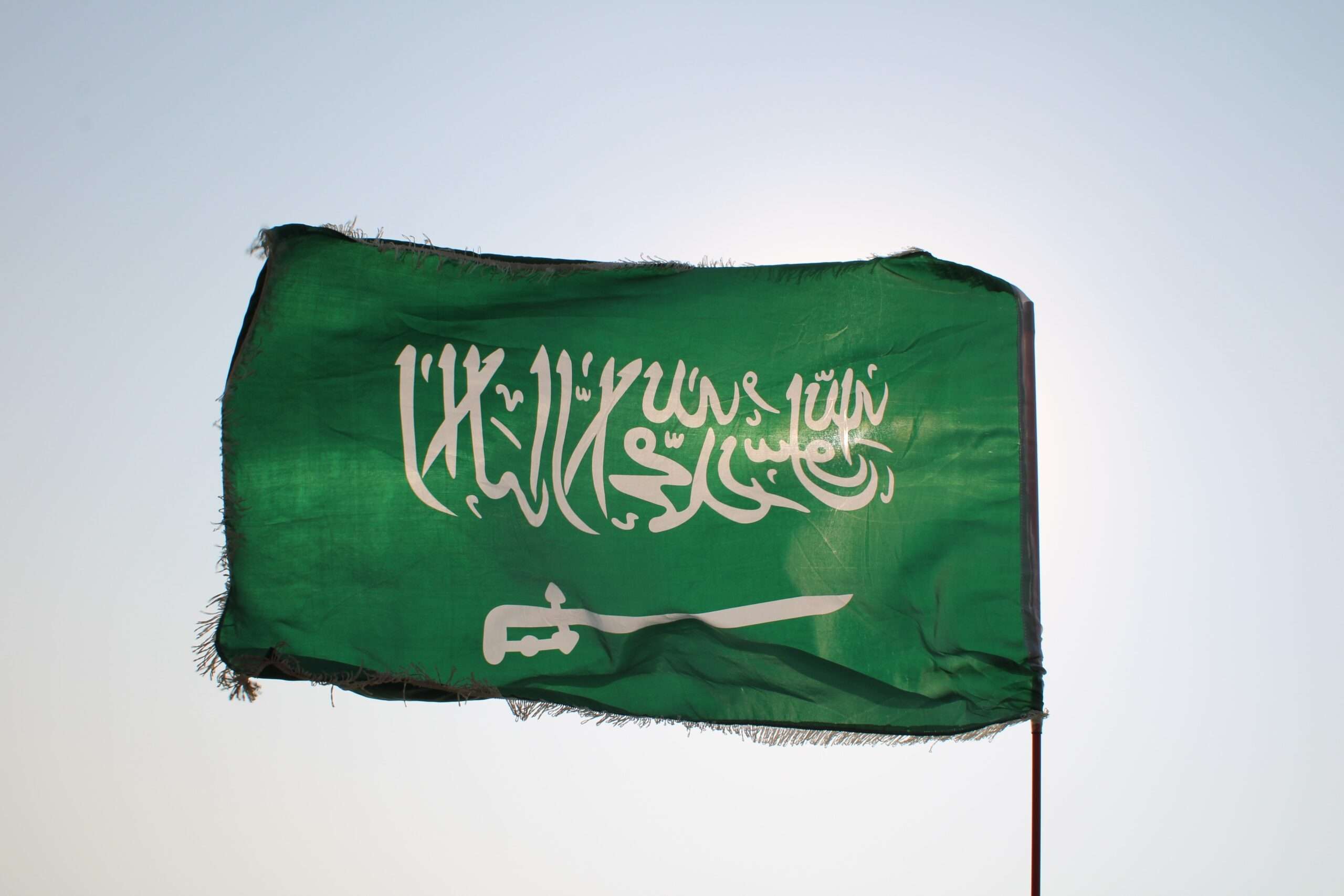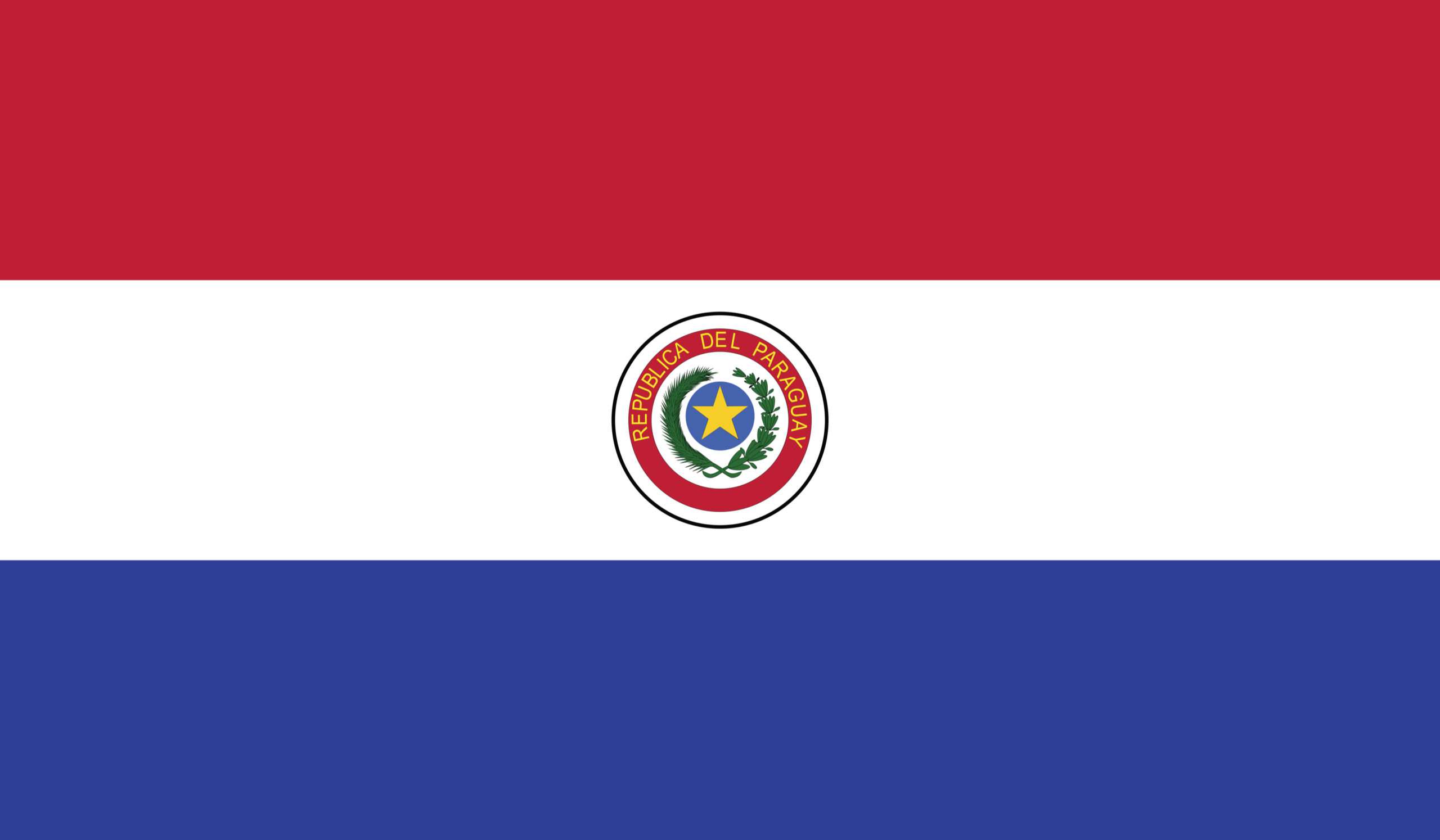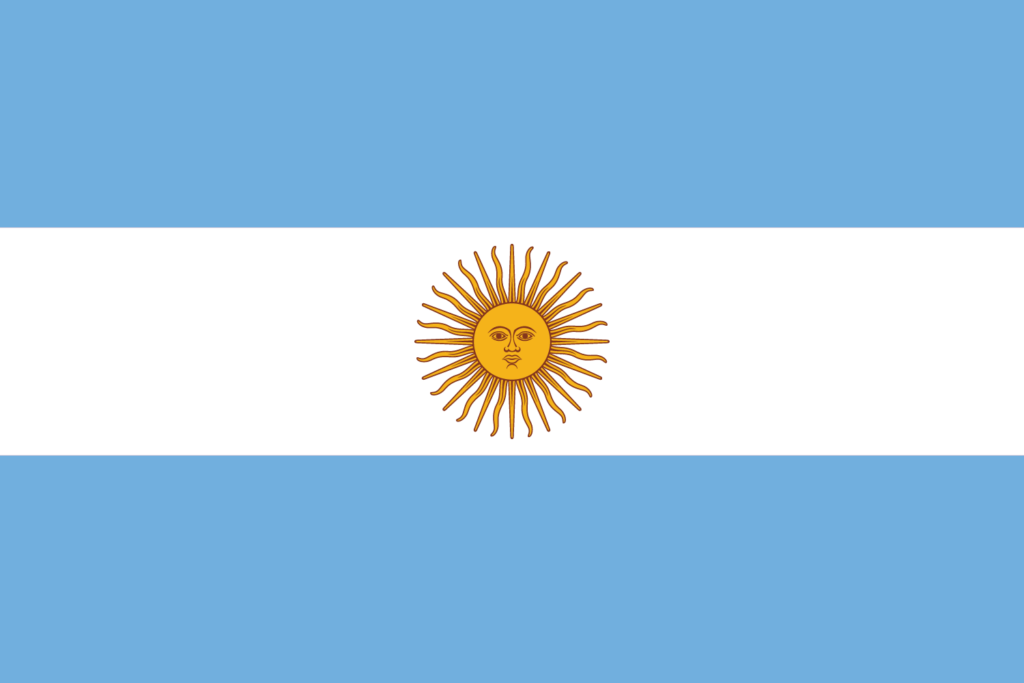Saudi Arabia, a nation that occupies the majority of the northern and central Arabian Peninsula, is the inheritor of a lengthy past. The Hejaz region, which includes the western highlands and the Red Sea, is the birthplace of Islam and home to its holiest cities, Mecca and Medina. Najd (“Highland”), a huge arid area that was previously inhabited by nomadic tribes, is located in the geographic center of the nation.
The country’s extensive oil deposits, which are located to the east along the Persian Gulf, have made Saudi Arabia synonymous with petroleum wealth since the 1960s.
Saudi Arabia started to resemble a modern state with the ascent of the Saud dynasty, a Najdi tribe for which the nation is named, and its eventual consolidation of power in the early 20th century. The Wahhabism philosophy, an austere version of Islam that was accepted by early family officials became the state creed and had a significant role in the Saud family’s prosperity.
Due to the profound religious conservatism and pervasive tribalism that rival family groups use to compete for power and money, it can be challenging for outsiders to understand Saudi society. Massive oil deposits have stimulated quick and massive infrastructure investment in Saudi Arabia.
This expansion has benefited many people, but it has also helped the ruling family’s scions live opulent lifestyles. Both religious conservatives and liberal democrats have accused the family of mismanaging and wasting the nation’s wealth. After the Persian Gulf War (1990–1991), civil unrest also grew over the nation’s tight links to the West, most prominently represented by American troops stationed in Saudi Arabia until 2005.
Saudi Flag

The national flag is roughly two-thirds of an inch long and rectangular in shape. Its green color stretches from the pole to the end of the flag.
There were no national flags in the modern sense when Prophet Muhammad began his missionary work for Islam, but later, several banners used in Muslim military battles served as the inspiration for Arab flags. Because the representational painting was outlawed by the Muslim faith and calligraphy had developed into a highly developed aesthetic style, its religious inscriptions were well-liked by the majority of Arab governments. When the Wahhabi, a rigorous religious sect, started their quest to unite the Arabian Peninsula in the latter half of the 18th century, they chose the color green because it was associated with Fatimah, the Prophet’s daughter.
Early 20th-century Wahhabi soldiers were already flying the same basic flag that is flown today. On the emerald field of their banners was written in Arabic calligraphy the shahada, or Muslim profession of faith. “There is no god but God, and Muhammad is the prophet of God,” the translation of this proclamation reads. A sabre, a representation of the militancy of their beliefs, was occasionally incorporated into the pattern.
Saudi Arabia’s flag includes four distinct designs. Saudi Arabia’s flag history can be seen as the history of the nation’s ancestors. The inscription represents the nation’s Islamic heritage, which is further illustrated by the green field. To ensure that the Shahada can be read correctly from either side, the flag is created with equal obverse and verso sides. The blade also points to the left, in the direction of the script.
Iran, Algeria, and Pakistan are just a few examples of Muslim nations that use green in their flags. The green color of the flag represents Islam, and the sword represents the severity with which justice is carried out. The white sword represents the military prowess of the country and the royal house of Saud, which founded it.
Pantone 349 is the color used on the country’s flag at the UN, while Pantone 355 was used for the 2012 London Olympics. However, Album des Pavilions determined that the normal shade of the flag’s green was Pantone 330 C. The flag is flown in the direction of the flagpole’s left as viewed from the front side.
History of the Saudi Arabian Flag
The Umayyad Caliphate, established in 661, was one of the earliest major Caliphates in Saudi Arabia. Their flag consisted of a plain white field. Between 750 to 1517, the Abbasid Caliphate was another prominent power in Saudi Arabia. A basic black field was flown as the flag.
The Emirate of Al-Rashd, also known as Ha’il, acquired control of a portion of Saudi Arabia in 1836. The flag was similar to the Ottoman Empire’s, with a simple red field, a golden crescent moon, and an eight-pointed star. The third Saudi state was established in 1902 by the Emirate of Riyadh. The flag had a green background with a white vertical stripe and white Arabic writing.
Pre-Saudi Arabia was made up of the districts of Najd, Al-Ahsa, Hejaz, and Asir. Hejaz had created their flag in contrast to the current flag of the Kingdom because they saw themselves as distinct. The flag of Hejaz, which is black, green, and white horizontally with a red triangle in the hoist and is also known as the banner of the Arab uprising, later inspired the designs of flags flown by Sudan and Palestine, two other Arab nations.
The Emirate of Ha’il modified its flag to a black-green-yellow horizontal tricolor in 1920, and Hejaz switched the order of the tricolor to black-white-green.
In 1921, Nejd adopted a flag identical to the contemporary Saudi flag, with a green field with a white sword. In 1926, the dagger was removed and a white border was added.
The Saudi flag is strikingly reminiscent of Nejd, a country that existed before Saudi Arabia. The green field of the Nejd flag, which was in use from 1921 to 1926, was the same as that on the Saudi Arabian flag and was a characteristic of many Islamic nations. The Islamic creed was also there, along with a white sword, but unlike the Saudi flag, the inscription and insignia were considerably larger, and the sword was facing the other way. From 1926 to 1932, Nejd flew a distinct flag with a white border and no sword.
Abdulaziz Al-Saud, the founder of Saudi Arabia, served as an inspiration for the nation’s flag design. This flag was enhanced with a sword in 1921 by the Al Saud commander Abdulaziz Abdulrahman Al-Saud, who would later found the Kingdom of Saudi Arabia. The flag’s design was not established until March 15th, 1973, and several varieties, including those with two swords and/or a white vertical stripe at the apex, were frequently used.
In 1932, the initial design of the flag—which featured a white stripe and a slightly altered sword motif—was approved. In subsequent revisions, the white stripe’s size was gradually decreased and eventually removed. Except for the sword, which had a different shape (a more bent blade) and took up a bigger percentage of the flag’s space together with the Shahada above, the flag had virtually assumed its current appearance by 1938. The sword was reshaped in the most recent iteration, which the Saudi Arabian government approved in 1973, altering the flag.
The Saudi War Flag is a green triangular flag with the Saudi Emblem in gold. The Saudi Armed Forces’ flag is a horizontally striped brown-light blue-blue-black-grey flag. The Royal Saudi Land Force flag is brown, the Royal Saudi Strategic Missile Force flag is grey, the Ministry of the National Guard flag is a white-brown-green horizontal tricolor, the Saudi Royal Guard Regiment banner is dark green, and the Ministry of Interior flag is plain white.
The usage of the flag of Saudi Arabia
The Saudi Arabian government forbids raising the national flag vertically. Although it is possible to purchase customized vertical flags with the creed and sword spinning on them, most Arab countries don’t typically fly their flags vertically.
Only official occasions warrant the use of the national flag. The flag of the nation should be flown by its residents, with a golden palm tree on top of two crossed swords on a simple green backdrop.
Because the Shahada is regarded as a sacred scripture, it is traditional to refrain from printing the flag on T-shirts and other products. Saudi Arabia protested to be represented on a FIFA football that displayed the flags of all competing nations from the FIFA World Cup in 2002. Officials from Saudi Arabia claimed that it was completely improper to kick the creed with your foot. The use of the flag in commercial promotions, such as publications, goods and products, brochures, and special presents, was outlawed this year, according to the Ministry of Commerce. Similar to this, the US military’s attempt to win over Afghan youth in the Khost Province by distributing decorated footballs with flags also resulted in protests.
Even during times of grief, the flag may never be flown at half-staff, and according to Saudi law, it may never be raised vertically. Both actions are seen as blasphemous. It also never be folded up merely partially.
By: Dr. Shameena Rahman



